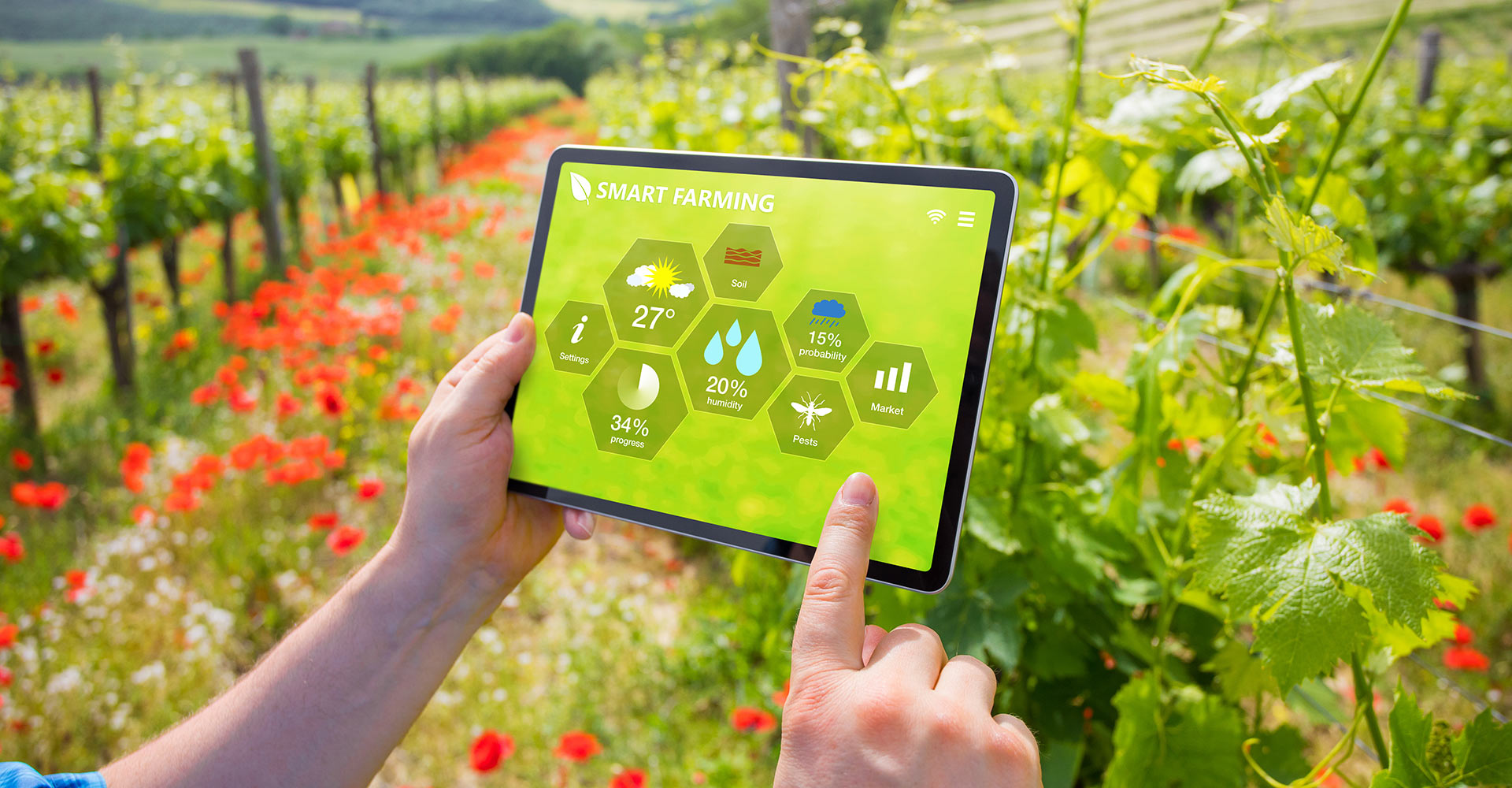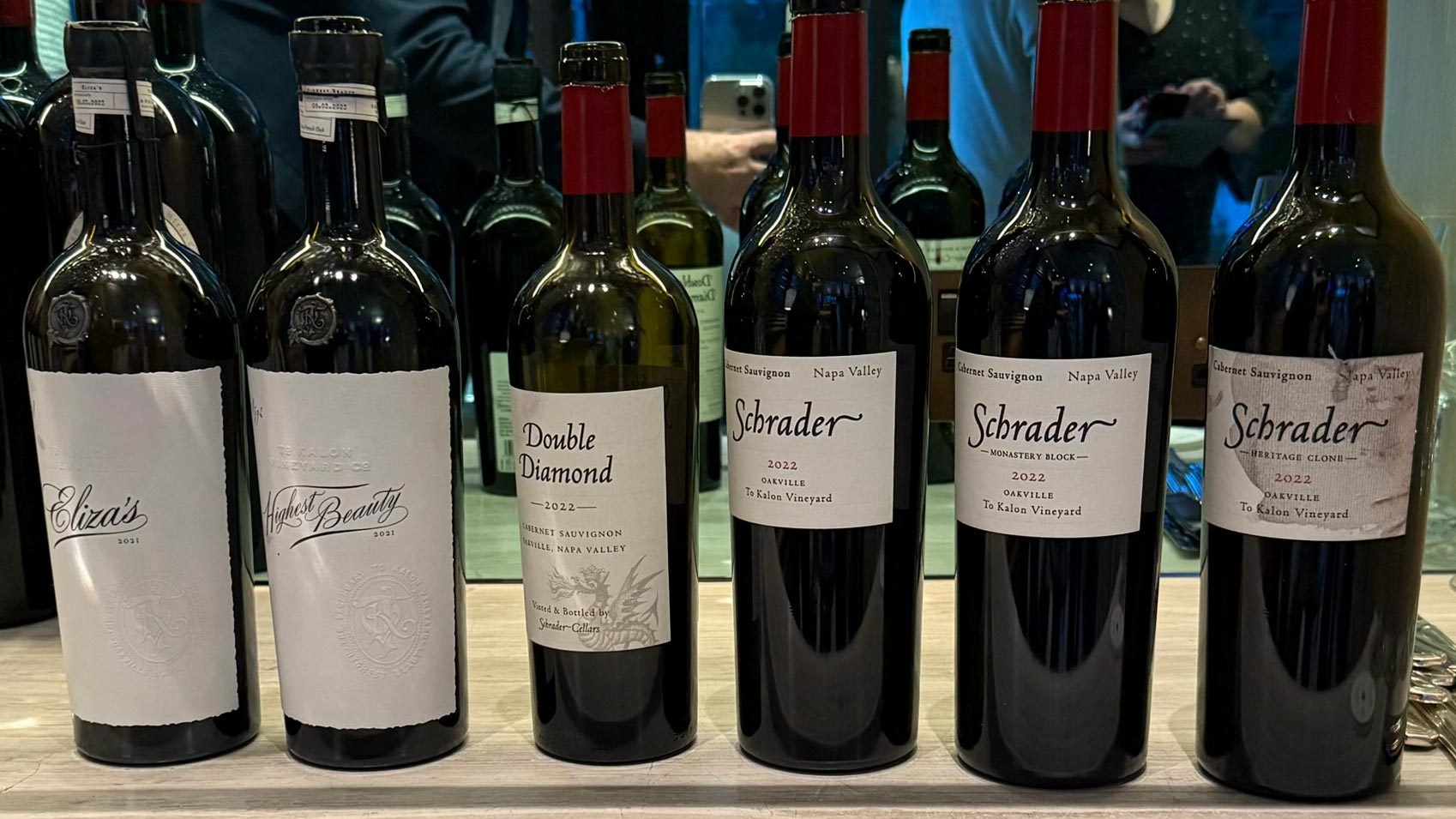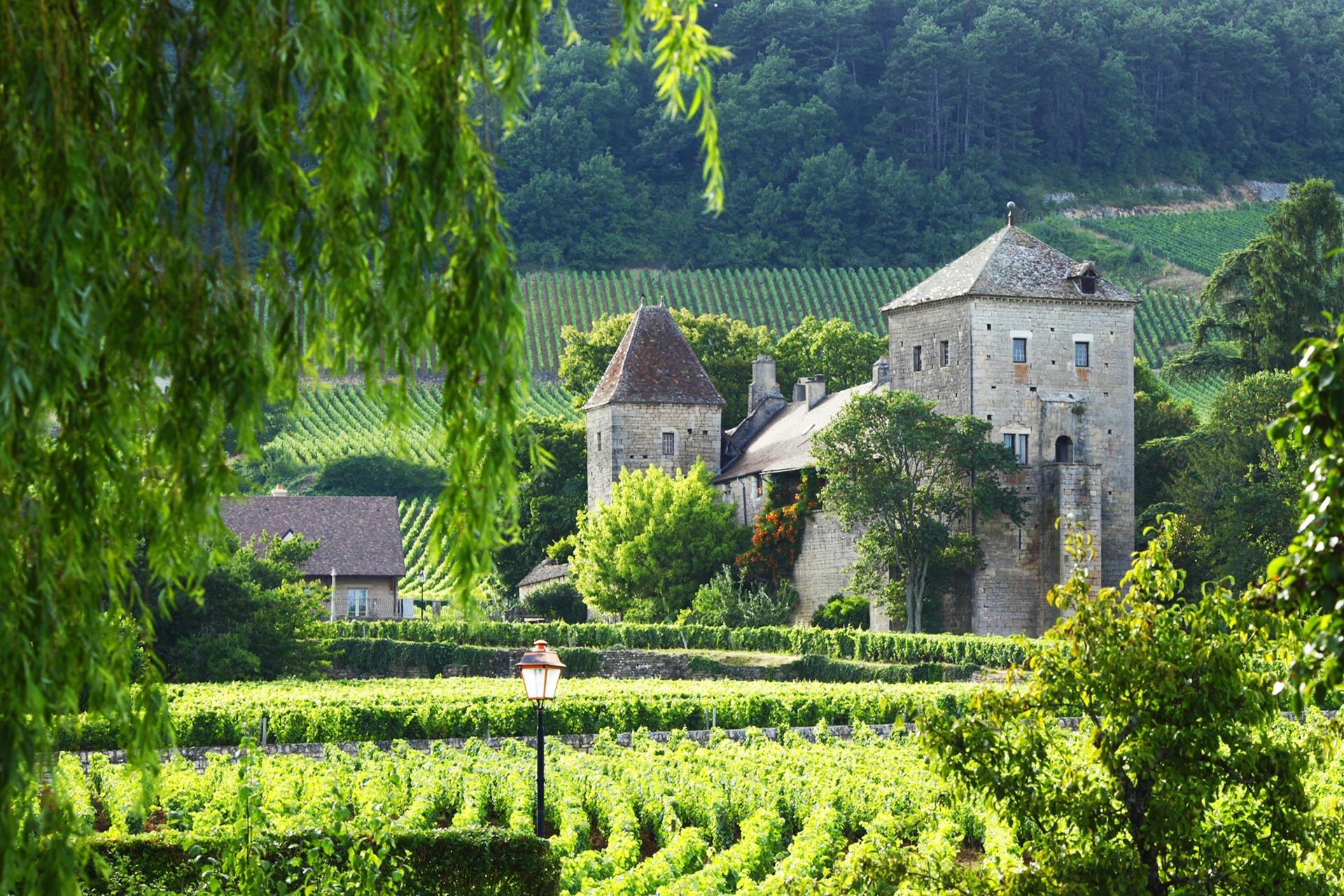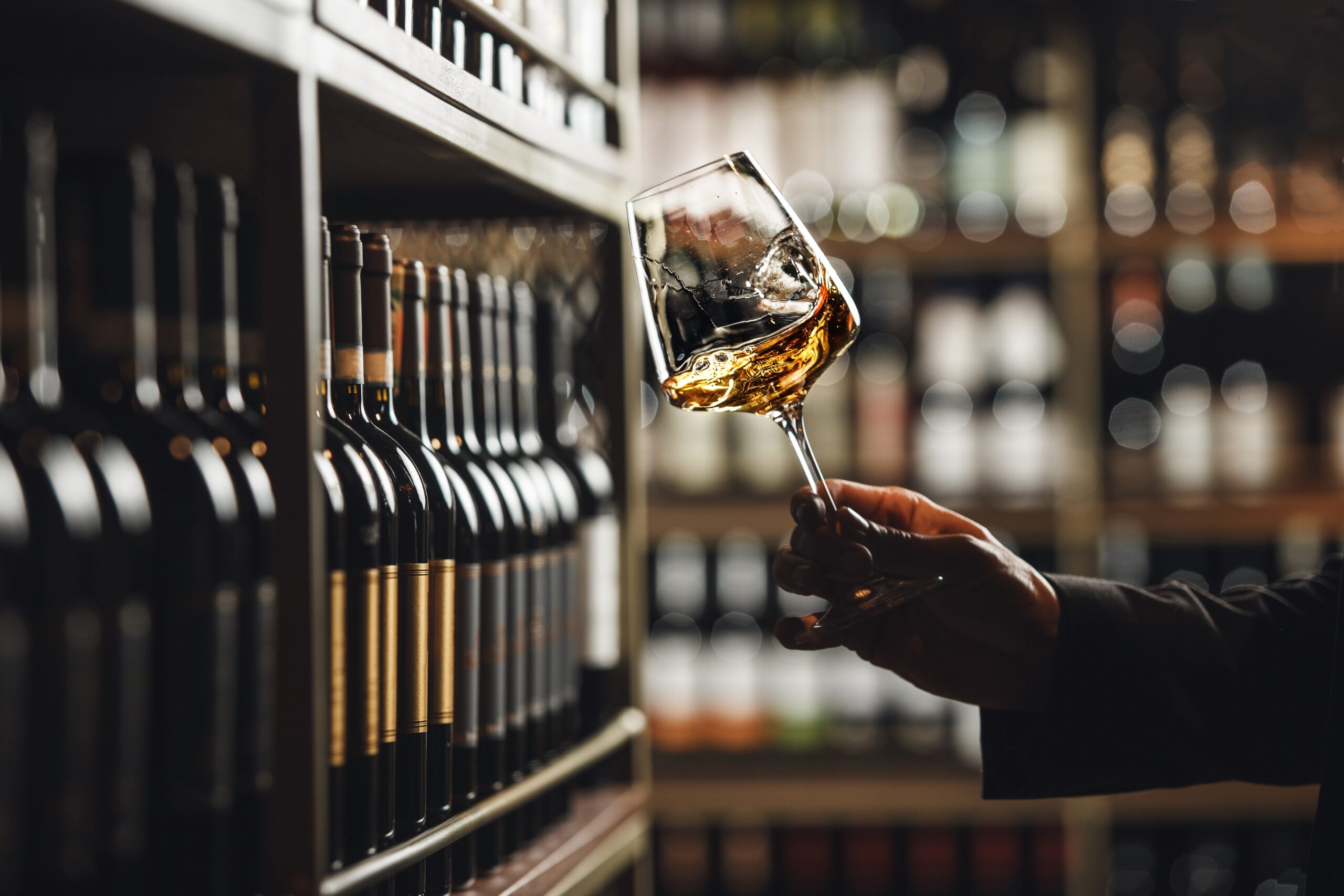Let’s raise a glass to the oldest friend of civilisation—wine. For centuries, it’s been a symbol of culture, craftsmanship, and, occasionally, our willingness to pay too much for fermented grape juice. But while tradition still clings to its oak barrels and corks, something rather modern has swirled into the mix: technology. Or as we now call it—Winetech.
Think less of barefoot grapes stomping in the Tuscan sun and more of drone-guided irrigation and AI telling your vineyard when the Syrah’s feeling a bit stressed. This isn’t sci-fi. It’s the not-so-distant future of wine, and frankly, it’s already here.
From Dirt to Data: The Rise of the Digital Vineyard
Vineyard management used to rely on a seasoned viticulturist sniffing the breeze and squinting at the sky. Enter vineyard management software, which doesn’t just squint—it analyses. Tools like Vintners Advantage and Orion Wine Software are so precise that they can tell you which rootstock in sub-block 4B is having a bad day. Think of it as a vineyard FitBit.
These platforms track everything from soil type and sun exposure to pest activity and harvest yields. They’re the Siri of the vineyard—except instead of reminding you to call your mum, they’re flagging mildew on your Pinot Noir.
And because nature rarely reads your business plan, the inclusion of AI and machine learning is a game-changer. AI-powered tractors now trundle through vineyards, assessing vine health and predicting optimal harvest dates. They are probably wondering when they’ll be allowed a vineyard holiday of their own.
Winery Wizards: Turning Grape Chaos into Bottled Brilliance
Once those juicy grapes are in-house, things get even geekier. Tech-savvy winemakers are using production tools from firms like Winetech LLC to filter, fine-tune, and finesse their wines like never before. Fancy terms like “crossflow filtration” and “lees management” might sound like dark magic, but they essentially help you turn good wine into great wine—and occasionally salvage a batch that’s gone a bit rogue.
And for those dealing with the unwanted flavour of wildfire smoke, reverse osmosis and VA adjustments are now a click away. Even alcohol levels can be dialled down post-fermentation—ideal for keeping up with trends in lower-ABV sipping.
Direct-to-Consumer: From Barrel to Browser
The old-school tasting room has had a facelift—and it’s now mobile-optimised. With platforms like WineDirect, Corksy, and VinesOS, wineries can sell bottles directly to you and me without batting a corkscrew.
Wine clubs, POS systems, e-commerce shops, inventory tools—it’s all integrated. Want to order a case of Barolo from your sofa at midnight? No problem. Need a chatbot sommelier to suggest a cheese pairing? There’s an AI for that too.
Some platforms even come with marketing muscle—email automation, customer loyalty tracking, and AR wine labels that come alive, providing a full tasting experience with a tap of the phone.
Apps for Aficionados: Tasting Notes Meet TikTok
If you’re a wine lover, the app stores are your vineyard playground.
Vivino is still the rock star—scan a label, and instantly access reviews, ratings, pairings, and prices. It’s like TripAdvisor for your tastebuds. Meanwhile, CellarTracker is the spreadsheet wizard’s dream, perfect for anyone who considers their wine fridge a portfolio.
Then there’s Delectable, Wine-Searcher, and InVintory—apps that not only help you discover wines but also manage, visualise, and even 3D-map your collection. Because if your Bordeaux isn’t colour-coded and stored by vintage and vibe, are you even serious?
Gadgets Galore: From Sip to Storage
Now for the fun bit—gadgets. Welcome to the smart home wine bar.
Smart fridges like those from EuroCave and LG Signature let you control temperature zones from your phone. One zone for whites, one for reds, and one for that bottle you’re “just saving for a special occasion.”
Coravin lets you pour wine without removing the cork. It’s basically a life hack for commitment-phobes. One glass at a time? No problem.
Electric wine openers, handheld aerators, and oxygen-absorbing stoppers are all on the roster. Wine tech is now the adult version of toys for Christmas—except these ones make everything taste better.
Is Wi-Fi Really Relevant?
While Wi-Fi isn’t the first thing you think of when sipping a Sancerre, it’s quietly running the show in the background.
In the vineyard, it connects sensors and mobile apps that help monitor vine health. In the winery, it powers cloud-based software that tracks everything from fermentation to finances. In tasting rooms, it’s the backbone of e-commerce, POS systems, and AR wine experiences.
For wine lovers, it powers the apps and smart fridges that let us buy, track, chill, and sip with ease. So no, Wi-Fi isn’t fermenting grapes, but without it, half the magic doesn’t happen.
Final Sip: Tradition Meets Transformation
As someone who’s spent over two decades sipping, swirling, and snapping photos of great wines, I can say this: Winetech isn’t about replacing the soul of wine. It’s about enhancing the journey.
Whether you’re a winemaker squeezing brilliance from a vintage, or a drinker looking for the perfect Friday night pour, tech is your trusty sidekick.
The future of wine is data-driven, app-powered, and a little bit smarter. And frankly, if it helps my wine taste better, I’m all for it.
Written by Damon Segal
Founder of WineGuide101 | Vivino Top 1,000 UK | WSET 2 with Merit
AI enthusiast. Wine whisperer. Occasional cork breaker.



